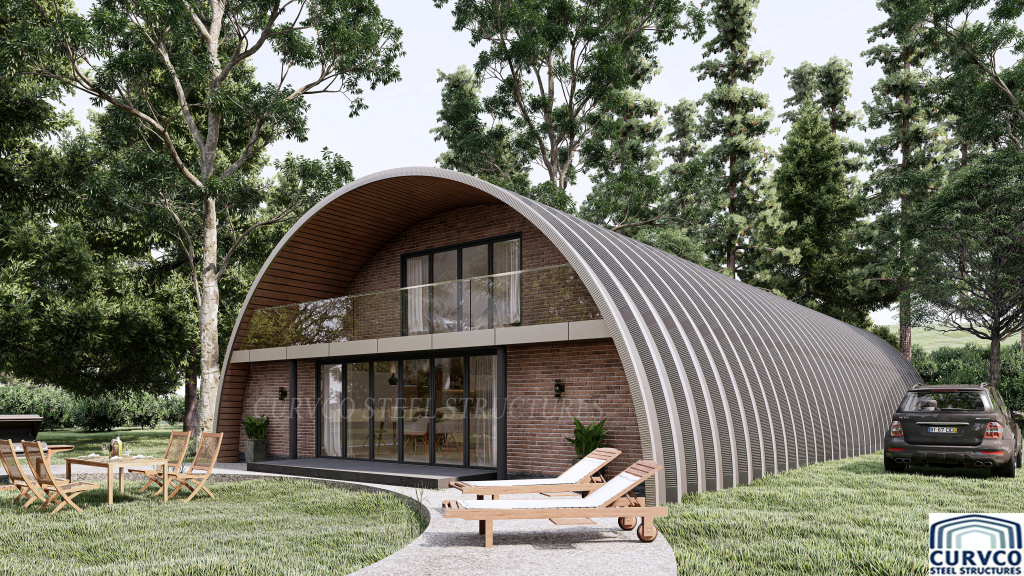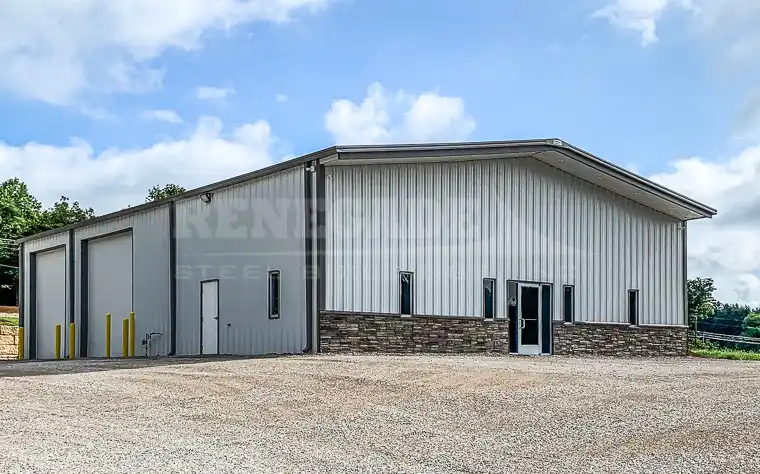High-Performance Steel Buildings: Stamina and Resilience for All Climate Conditions
High-Performance Steel Buildings: Stamina and Resilience for All Climate Conditions
Blog Article
The Competitive Advantage of Steel Structures: Why Choose This Superior Choice
Steel buildings have become an engaging option in the realm of construction for a wide range of factors. From their robust longevity to cost-effectiveness and sustainable attributes, steel structures offer an array of benefits that establish them apart in the market. The competitive edge that steel buildings hold prolongs much past their initial appeal, making them a recommended alternative for those looking for durability and versatility in their construction tasks. As we explore the realm of steel constructions, it comes to be noticeable why this exceptional choice has actually gathered substantial attention from designers, programmers, and designers alike.
Durability and Durability
In the world of durability, building and durability are basic elements that underscore the worth recommendation of steel structures. Steel is renowned for its robustness and ability to hold up against different ecological conditions, making it an optimal option for lasting frameworks. Unlike standard materials like timber or concrete, steel does not warp, fracture, or rot over time, ensuring that a steel structure continues to be structurally sound for years.
One vital variable adding to the sturdiness of steel structures is their resistance to pests such as termites, which can trigger significant damages to wooden frameworks. Steel is likewise non-combustible, decreasing the threat of fire damages and enhancing the security of citizens. Furthermore, steel structures need very little upkeep compared to other construction materials, conserving both time and cash over time.
In addition, advancements in steel production technology have actually even more enhanced the longevity of steel buildings by enhancing deterioration resistance and architectural stability. With correct care and upkeep, a well-constructed steel building can last more than 50 years, providing a resilient and trustworthy option for numerous building and construction demands.
Cost-Effectiveness
With its various economic benefits, steel as a building material supplies an engaging economical solution for different building and construction jobs. The cost-effectiveness of steel buildings stems from several essential variables. First of all, the first cost of steel may be greater than some traditional materials, yet the long-term cost savings are substantial. Steel frameworks require marginal upkeep, lowering fixing and substitute costs with time. Furthermore, steel is extremely durable, which translates to lower insurance premiums due to reduced danger of damages from components such as fire, bugs, and natural calamities.
Steel buildings are also energy-efficient, enabling for financial savings on heating and cooling expenses - steel buildings. Generally, the cost-effectiveness of steel structures makes them a smart investment for numerous building and construction demands.
Flexibility in Design
The flexibility of steel as a building product enables for a large range of cutting-edge style possibilities in construction jobs. Steel buildings use unequaled flexibility in style, making them look at here now a preferred choice for builders and engineers.
Steel's versatility likewise enables modification to satisfy details style requirements. Whether it's rounded roofings, detailed facades, or one-of-a-kind geometric forms, steel can be formed to bring essentially any layout principle to life. In addition, steel structures can be easily increased or customized, offering future versatility for adapting to altering requirements.
Additionally, the usage of steel in building enables lasting layout practices. Steel is very recyclable, reducing ecological effect and advertising green building. Its longevity and resistance to rust ensure that steel structures maintain their aesthetic charm and structural honesty for many years to come. Inevitably, the versatility of steel in design not only improves the visual charm of buildings yet additionally contributes to their long life and functionality.

Lasting Building And Construction Practices
Building upon the foundation of versatility in design, sustainable building and construction methods in steel buildings play an essential role in mitigating environmental effect and advertising long-term environmentally friendly remedies. When steel structures reach the end of their lifecycle, the steel elements can be reused and utilized in new construction jobs, lowering the need for raw products and decreasing waste. In addition, the power efficiency of steel structures contributes to sustainability initiatives.

Fast Building Timeline

Furthermore, the streamlined process of erecting steel frameworks minimizes building time dramatically. The simplicity of steel building layout and the convenience of setting up add to faster task conclusion, making it an optimal selection for customers with time-sensitive demands (steel buildings). Furthermore, the capability to function on various components concurrently, such as site preparation and structure building alongside steel manufacture, more speeds up the overall building timeline
Final Thought
In verdict, steel structures supply a competitive benefit as a result of their resilience, cost-effectiveness, flexibility in style, sustainable construction methods, and quick building and construction timeline. These elements make steel buildings an exceptional alternative for numerous building and construction jobs, providing lasting advantages and value. Selecting steel structures can result in boosted performance, performance, and sustainability in the building and construction industry.
Unlike conventional materials like wood or concrete, steel does not warp, crack, or rot over time, ensuring that a steel structure continues to be structurally audio for years.
The versatility of steel as a structure material enables for a vast array of innovative design possibilities in construction jobs.Building upon the foundation of versatility in style, lasting construction practices in steel structures play an important function in mitigating ecological influence and advertising lasting useful reference environment-friendly remedies. When steel structures reach the end of their lifecycle, the steel elements can be recycled and used in brand-new building projects, lowering the need for raw materials and reducing waste.In final thought, steel buildings supply a competitive benefit due to their resilience, cost-effectiveness, convenience in style, sustainable building and construction practices, and quick construction timeline.
Report this page